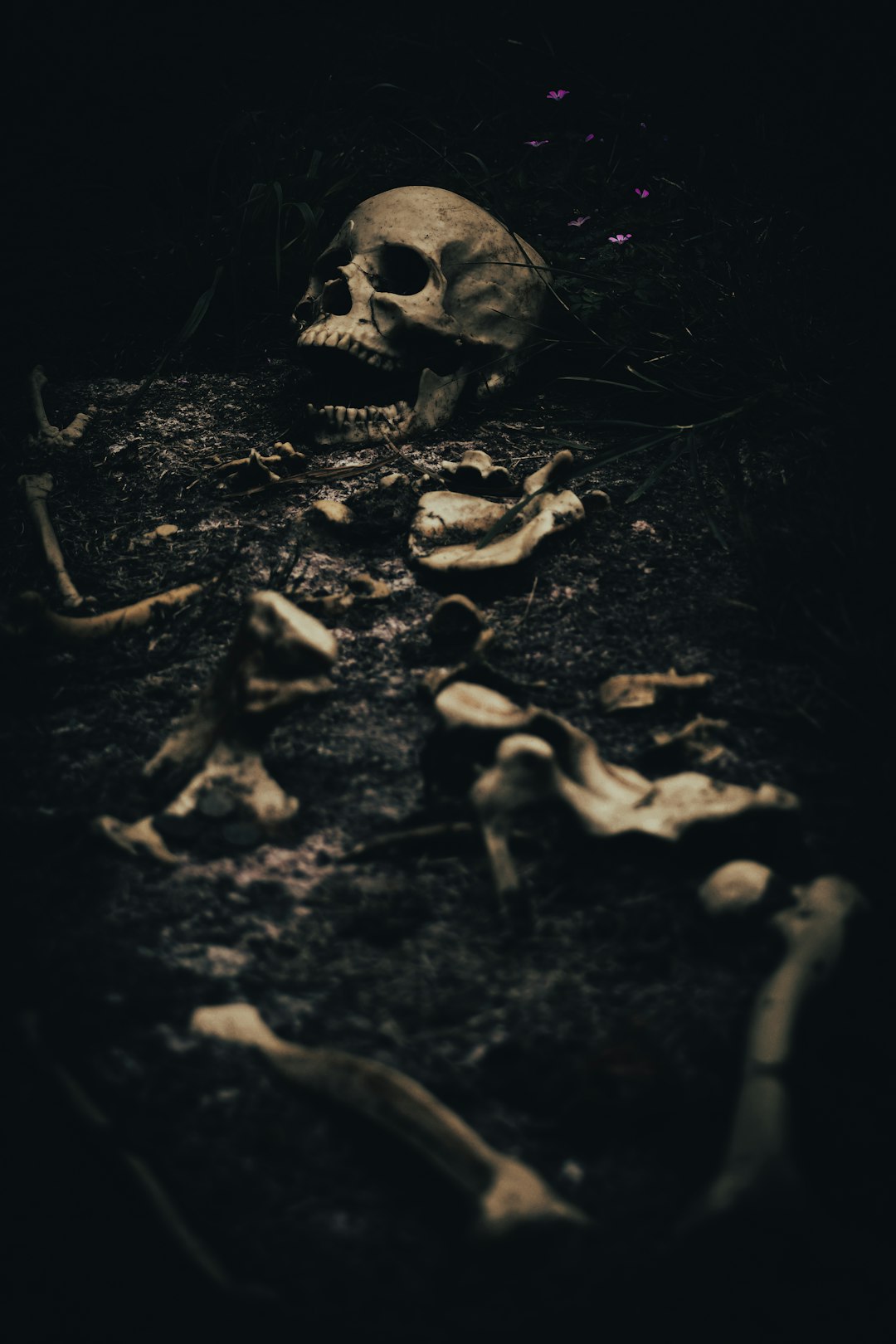
Introduction
Medieval skeletal remains have a fascinating story to tell. From the struggles of daily life to the horrors of war, examining the bones of those who came before us can provide a glimpse into a world long gone. Among the most intriguing stories revealed by medieval skeletal remains are those of violence and conflict. The analysis of these remains can also provide insight into the medical knowledge and practices of the time, as well as shed light on the diets and lifestyles of our medieval ancestors. Furthermore, advances in technology and forensic science are constantly uncovering new details and uncovering previously unknown aspects of medieval life.
Medieval Life, Death and Conflict: An Overview
The remains of medieval people offer a unique perspective into the daily lives, struggles, and challenges faced by those who lived in the past. Through analyzing the skeletal remains of individuals, we can uncover a plethora of stories about their experiences, from pagan rituals and the cruelty of life to tales of violence and conflict. Medieval skeletal remains also reveal stories of violence and conflict.
For example, analysis of the remains of Richard III, the King of England who died in 1485 at the Battle of Bosworth, showed that he suffered numerous injuries in his final battle, including two fatal blows to the head. Similarly, skeletal remains found in a mass grave in Durham, England, suggest that the individuals buried there were executed prisoners. The remains show evidence of multiple blunt force injuries to the skull, indicating that they were likely beaten to death.
These findings shed light on the brutal nature of medieval justice and the realities of life during times of war and political upheaval. Despite the sometimes grim nature of the stories revealed by these remains, they serve as a reminder of the resilience and perseverance of people in the face of adversity. The bones of the past continue to teach us about the world that was and inspire us to learn more about the people who came before us.
The Battle of Bosworth: A King’s Fatal Injuries
One such story comes from the remains of King Richard III, who died at the Battle of Bosworth in 1485. Analysis of his skeletal remains revealed numerous injuries, including two fatal blows to the head. This suggests that Richard III fought valiantly in his final battle before succumbing to his wounds. It also sheds light on the brutal nature of medieval warfare, where even a king was not immune to violence.
The discovery of Richard III’s remains in a car park in Leicester, England in 2012 sparked renewed interest in his life and reign. His skeletal remains have provided valuable insights into his physical appearance, health, and cause of death. The injuries found on his skull match historical accounts of his final battle, and the discovery of a curvature in his spine has led to new theories about his appearance and the possible impact it had on his reign. The analysis of Richard III’s skeletal remains continues to shed light on this fascinating period of history.
A Grim Discovery in Durham: Evidence of Brutal Executions
Another example comes from a mass grave discovered in Durham, England. The skeletal remains found in the grave suggest that the individuals buried there were executed prisoners. The bones show evidence of multiple blunt force injuries to the skull, indicating that they were likely beaten to death. This chilling discovery provides insight into the harsh realities of medieval justice and the punishment that awaited those who crossed the wrong people.
The mass grave in Durham is not unique. In fact, mass graves containing the remains of executed prisoners have been discovered all over Europe, dating back to medieval times. These grisly finds speak to the political instability and constant power struggles that characterized the Middle Ages. Those who fell afoul of the ruling powers could face brutal and summary punishment, with no regard for their humanity. The skeletal remains of these individuals provide a stark reminder of the violence and cruelty that was all too common in medieval Europe.
Medieval Violence and Conflict: Insights from Skeletal Remains
But the stories revealed by medieval skeletal remains are not all gruesome. Some provide insight into the everyday lives of people from centuries past. For example, the remains of a young woman found in a medieval burial site in Denmark showed signs of scoliosis, a condition that causes curvature of the spine. This suggests that even those with physical limitations were able to live and function in society, despite the challenges they faced.
Another example comes from the remains of a medieval knight found buried in Scotland. Analysis of his bones showed evidence of osteoarthritis, a common condition that causes joint pain and stiffness. Despite this, the knight’s bones also revealed that he was a skilled horseman, with evidence of a prominent muscle attachment on his thigh bone. This suggests that even in the face of physical challenges, people in the Middle Ages were able to adapt and excel in their chosen pursuits.
Conclusion
The skeletal remains of medieval people offer a fascinating glimpse into a world long gone. From tales of violence and conflict to insights into daily life, these bones have much to teach us about the past. While the stories they reveal may be at times grim, they remind us that even in the face of adversity, people were able to adapt and persevere. Studying the skeletal remains of our medieval ancestors is not only important for understanding the past, but also for appreciating how far we have come in terms of advancements in medicine, technology, and human rights.





